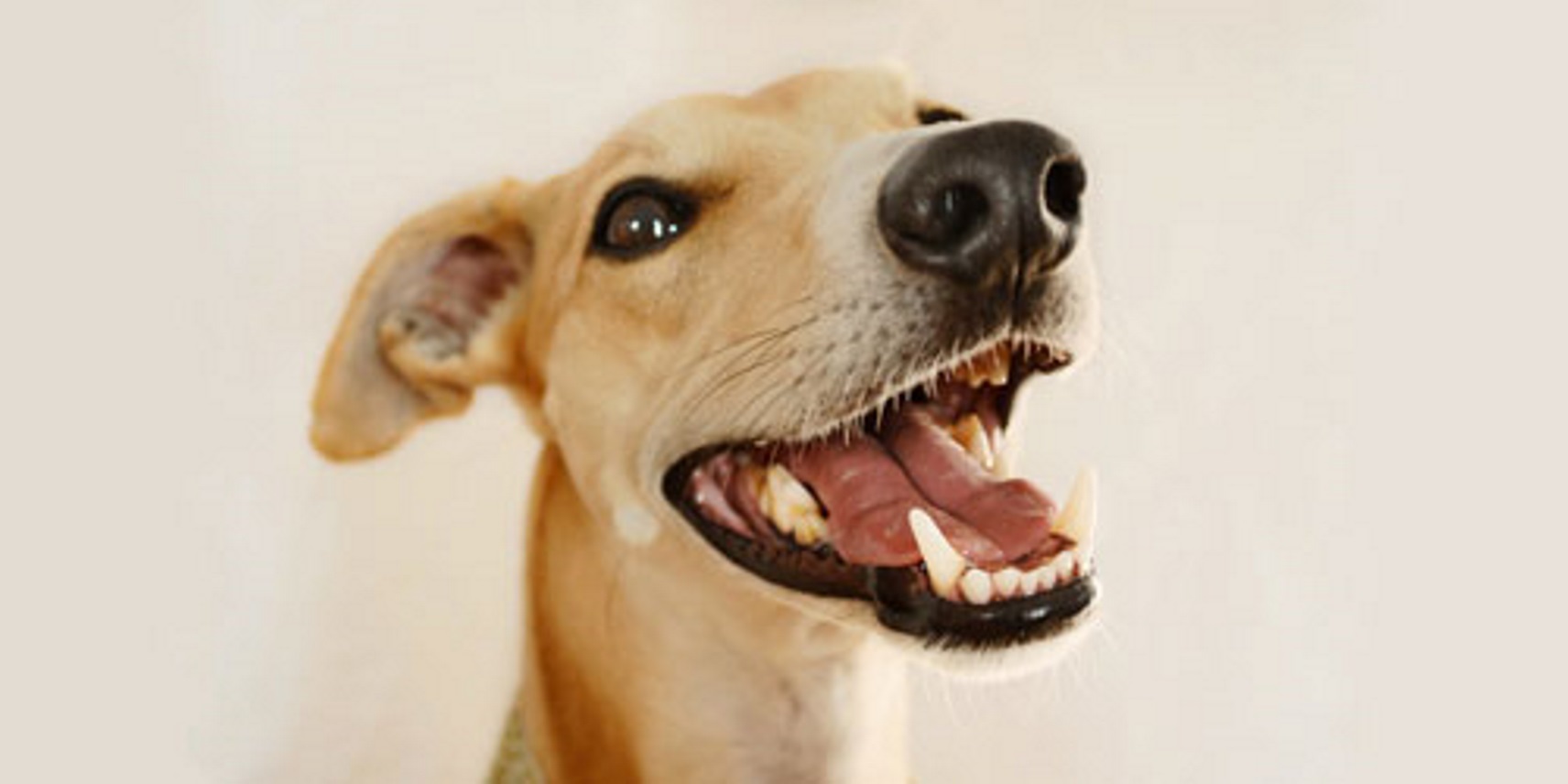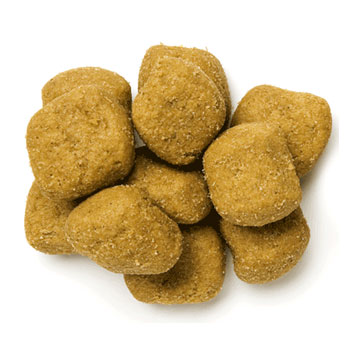The ‘edible toothbrush’

Doggy breath may be a great topic for jokes, but it’s no laughing matter!
Dental disease is the most common disease of adult dogs and cats and is a primary cause of bad breath. What’s more, it is often a silent process that progresses without detection. Even in severe cases, cats and dogs may not show obvious discomfort - you may only notice bad breath or, occasionally, saliva stain from drooling on the fur around the mouth. Many pet owners assume bad breath is normal in dogs and cats, and don’t think to look inside their pets’ mouths to find out what’s causing it.
What causes dental disease?
The main offender is plaque, that furry film that builds up on our own teeth between brushings. It’s the same for cats and dogs. Plaque is a mixture of saliva, food particles and bacteria, and when not removed it results in red, painful, inflamed gums, a condition called gingivitis. Plaque can also precipitate minerals from the saliva and harden to form tartar (aka calculus). Without plaque removal or control, gingivitis progresses eventually to inflammation and destruction of tooth support structures, resulting in tooth loss. This is called periodontitis, or periodontal disease.
What’s even more alarming, in pets with periodontal disease, bacteria can enter the blood via tiny blood vessels in the gums, particularly while the pet is chewing. The bacteria can be carried throughout the body via the bloodstream, potentially infecting other body organs such as the liver, kidneys and heart muscle.
So plaque is the root of periodontal disease and its consequences, and it is plaque that needs to be controlled. Tartar prevention alone will not prevent periodontitis.
How do I prevent dental disease in my pets?
Good oral health is achieved through a combination of professional veterinary teeth cleaning and homecare. It is so important to have your pet examined by a veterinarian before deciding on the best course of action. Your vet will advise whether your pet’s teeth need a professional clean, with or without tooth removal, and what type of ongoing home care suits your pet’s needs. While tooth brushing at home to remove plaque on a regular basis is the gold standard for home dental care, in reality, this is difficult for most pet owners to achieve.
There are many products for dogs and cats claiming to ‘freshen breath’ or clean teeth’. How do you know what works? For dental foods, products that have been awarded the VOHC (Veterinary Oral Health Council) seal of acceptance have been evaluated by an independent body that assesses the scientific evidence behind these products. Ideally, the products you use for your pet should have the VOHC seal for both tartar AND plaque. Look for this logo on the packaging:
Only Hill's™ dental foods (Hill’s™ Prescription Diet™ t/d™ and Science Diet™ Oral Care) have been awarded the VOHC seal for the control of both plaque and tartar in both canine and feline formulas.
How do the Hill’s Dental diets work?
It might be tempting to think that eating ordinary dry kibble may itself reduce plaque accumulation, but this is not in fact the case. Think what happens when a dog bites into a conventional kibble - the kibble merely shatters and crumbles in the mouth after the edge or tip of the tooth comes into contact with the food. Given that plaque and tartar accumulation is in a thick band parallel to the gum-line, conventional kibble has very little effect on reducing plaque accumulation.
In contrast, the Hill’s dental food kibbles, Science Diet™ Oral Care and Prescription Diet™ t/d™, contain an exclusive fibre matrix. The fibres run parallel to each other, and this unique fibre alignment effectively “scrubs” or “squeegees” the tooth, reducing the accumulation of plaque with each bite.
 |  |
Hill’sTM Prescription DietTM t/dTMCanine | Hill’sTM Science DietTM Oral CareTMCanine |
So in summary, Hill’s dental foods are clinically proven to reduce plaque, tartar, stain (and gingivitis, t/d only). Science Diet™ Oral Care provides a natural and gentle cleansing action to keep the teeth clean, breath fresh and gums healthy on a daily basis for healthy adult pets without dental disease, extending the time between the need for professional cleans. Prescription Diet™ t/d™ should be fed after a veterinary evaluation and/or dental treatment in pets with more serious dental health problems such as past or present gingivitis and/or periodontal disease for maximum preventative efficacy.
Look for the VOHC seal on the Hill’s packaging – your assurance of efficacy. What’s more, our dental diets are convenient, tasty and easy, because feeding is something you already do every day for your pet!
Hill’s™ Prescription Diet™ products must be recommended for your pet by your veterinarian prior to you purchasing them. Ask your vet if t/d™ is appropriate for your pet.
Check out our dog and cat insurance pages for your options on best ways to protect your pet.